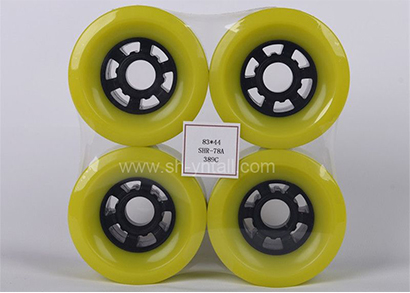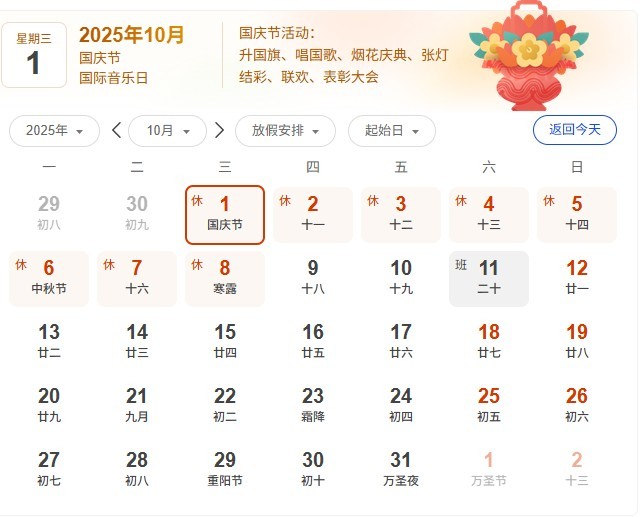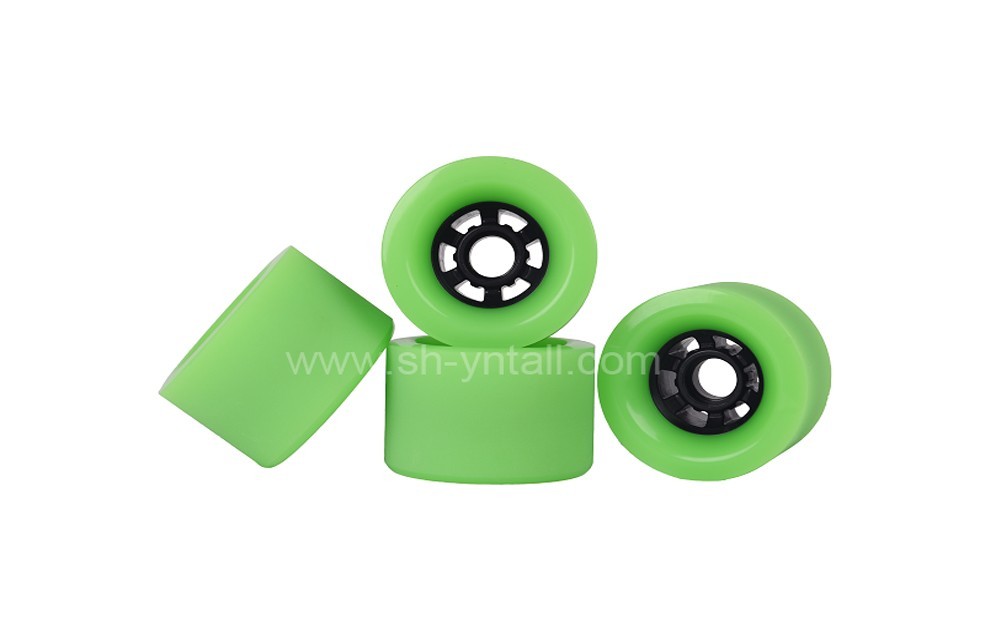
The Advantages of Polyurethane Casters Make Them Favored by Many Industries
Jul. 20, 2020
Polyurethane castor wheels have a wide range of applications, which will involve many industries, and the development of products will become more specialized and become a special industry. At the same time, it has good processing properties such as short demolding time and stable dimensions. The prepared wheels can meet the requirements of transportation regardless of whether they are driven on the ground indoor or outdoor. They have no wheel marks when driving, protect the floor, rotate lightly, and are flexible and quiet. The great advantage of adopting is green and environmental protection, which embodies the concept of low-carbon Expo, with its high mechanical strength, excellent wear resistance, excellent oil resistance, outstanding power, and makes it have a large number of applications on rollers.
Polyurethane casters also have many advantages in the production process. The selection of better materials, and the ratio of other materials, effectively improve the compressive strength of the product, so that it meets the requirements of the application and achieves the desired effect, Also improved a level of oneself.
The excellent properties of polyurethane casters enable it to be used in aerospace, military, biological and other fields. It is often seen at home, so what is the load-bearing performance of polyurethane casters?
Static load refers to the weight that polyurethane casters can bear in a static state. The static load should generally be 5-6 times the exercise load (dynamic load), and the static load should be at least 2 times the impact load.

Polyurethane Pulley for Skateboard
Steering load means that hard, narrow wheels are easier to steer than soft, wide wheels. The turning radius is an important parameter for wheel rotation. Too short turning radius will increase the difficulty of turning, while too large will cause wheel shaking and shortened life. , Whether the turning radius is reasonable or not directly affects the service life of polyurethane casters.
Driving load refers to the load-bearing capacity when moving, also called a dynamic load. The dynamic load of polyurethane casters varies with the test methods of the factory and the material of the wheels. The key is whether the structure and quality of the bracket can resist impact And concussion. Impact load refers to the instantaneous load-bearing capacity of the caster when it is impacted or shaken by the load. Installation height: refers to the vertical distance from the ground to the installation position of the equipment, and the installation height of the caster refers to the large vertical distance from the bottom of the caster and the edge of the wheel. The load-bearing capacity of polyurethane casters is higher than that of ordinary rubber casters. The chemical composition of polyurethane casters determines that it has lower rolling resistance than rubber. Therefore, the rolling assistance of polyurethane casters is higher than that of rubber casters. Now casters have brought a lot of convenience to life. The characteristics of polyurethane casters and their load-bearing capacity also make them a good helper for life.
Casters are a collective term, including movable casters and fixed casters. Movable casters are also what we call universal wheels. Its structure allows 360-degree rotation; fixed casters are also called directional casters, which have no rotating structure and cannot be rotated. Usually, two kinds of casters are used in combination. For example, the structure of a trolley has two directional wheels on the front, and two universal wheels on the rear side near the push armrest. There are casters made of various materials, such as cast iron wheels, nylon wheels, and so on.
According to the installation method:
Floor-type: includes floor type directional, steering, side brake, double brake, etc. The floor has a wide range of test uses. It can be welded or assembled on a tooling vehicle with screws. Various load capacities and materials are complete, which is convenient to adapt to various customers. Selection and replacement.
Bolt type: Including bolt type steering, side brake, etc., assembled on the tooling vehicle with screws, mostly used for light and medium loads. Circlip type: including steering and side brakes, mostly used for light and medium loads.
Welded tube type: including steering and side brakes, mostly used for light and medium loads.
Bracket material: Carbon steel is generally used as the material, which can be electroplated, such as zinc plating, copper plating, nickel plating, chrome plating, spraying, etc. Stainless steel is also useful.
Octagonal rod type: Including steering and side brakes, mostly used for light and medium loads.
How to choose industrial PU Wheels?
There are many types of casters, with different sizes, models, and tire surfaces. Choosing the right caster depends on the following conditions:
Size: Generally, the larger the diameter, the more effort and obstacles it will be to push, the better the capacity, the larger the load capacity, and the better protection of the ground from damage. The choice of wheel diameter should consider the weight of the load and the starting thrust of the truck under the load. Decided.
Site environment used: The working environment contains chemicals, grease, oil, salt, and other substances.
Special requirements: silence, shock absorption, various special climates, such as humidity, high temperature, or severe cold. Anti-shock and collision driving safety. All requirements.


















